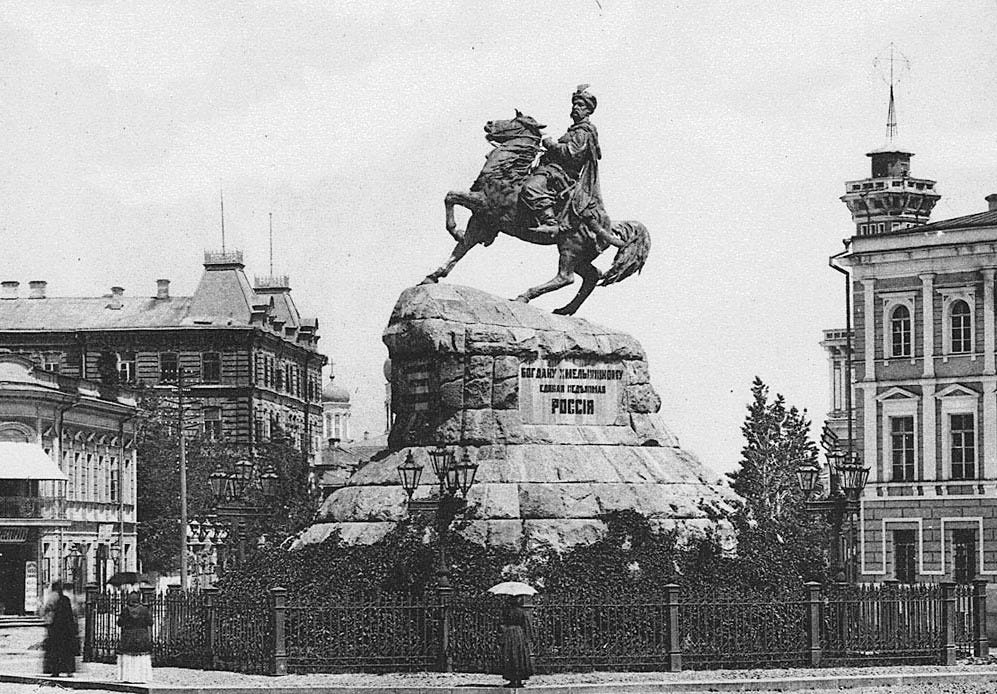The Roots of the Russo-Ukrainian War with Eugene Finkel
Manage episode 466373599 series 3603415
It is 1888, Kiev. A new statue is raised. The statue is to a man named Khmelnytsky, a hero to the Ukrainians, to the Crimea and Cossacks, to the Russians—even to the Soviets in the future.
Who is he? A 17th century man. And on the statue's plinth originally—because it was a product of Russian nationalists in Kiev—they wanted to write, “Oh, it will be better, oh, it will be more beautiful when in our Ukraine there are no Jews, no Poles, no Christians from the West.” It goes on to say, “A united, indivisible Russia to Hetman Bohdan Khmelnytsky.”
Professor Eugene Finkel is here. His new book is Intent to Destroy: Russia's Two-Hundred Year Quest to Dominate Ukraine.
That statue is a big clue as to what was happening in the 17th century. What is happening in the 21st century? Eugene Finkel is the Kenneth Keller Professor of International Affairs at Johns Hopkins University of Advanced International Studies. He joins us from Europe to comment on Khmelnytsky’s statue.
The phrases that they did not write, although they were approved by the czar, I believe, they tell a story of woe.
Who was he? Why was he important to everyone that they raised a statue to him?
Watch the full conversation above, or listen to an audio version below:
LINKS:
Intent to Destroy by Eugene Finkel on Amazon
The opinions expressed on this website and on The John Batchelor Show are those of John Batchelor and guests, and not those of CBS News.
Subscribe for free to receive new posts and support my work.
7 episodes







